Podcast: Play in new window | Download
Subscribe: Apple Podcasts | RSS
Guest: David Morris, Principle Conservator at the Fleet Air Arm Museum
Host: Dave Homewood
Recorded: 28th of June 2023
Published: 15th of August 2023
Duration: 1 hour 30 minutes, 31 seconds
In this episode Dave Homewood visits The Fleet Air Arm Museum, part of the National Museum of the Royal Navy, at Yeovilton in Somerset. There he got a guided tour of the main halls and the conservation area by principle conservator Dave Morris.
Naval aviation in Britain began in 1909, initially with he building of an airship, and by 1911 the Navy had their owned trained fixed-wing pilots. In July 1914 the Royal Naval Air Service formed, becoming the air arm of the Royal Navy. They led the way in naval aviation and the development of aerial warfare through WWI. On the 1st of April 1918 the RNAS was merged with the Royal Flying Corps to form the Royal Air Force.
The Fleet Air Arm formed within the RAF on the 1st of April 1924, marking out the specific RAF squadrons that would deploy to aircraft carriers and perform other naval duties. Then on the 24th of May 1939 the Fleet Air Arm was divided off from the RAF and placed under Admiralty control.
The Royal Navy Fleet Air Arm entered the Second World War as an underfunded, undermanned force with inferior equipment. A massive expansion got underway as more and more aircraft carriers were brought on strength, with the Royal Navy directly recruiting aircrew from New Zealand as well as Britain. Aircrew training was carried out through WWII in Britain (with initial flying training done by the Royal Air Force), Canada (with flying training done by the Royal Canadian Air Force under the Empire Air Training Scheme), and, from mid-1941, in the USA (with flying training conducted by the United States Navy). Much development in naval fighters and torpedo bombers took part both in Britain and, with the introduction of the Lend Lease scheme, in the USA. The Royal Navy ended up with one of the best carrier forces in the world by 1945, and the Fleet Air Arm flew off ships and land bases in every theatre of the war.
The Fleet Air Arm continued into the post-1945 world, and remained a potent part of the Royal Navy’s strength, with jets and helicopters as the main equipment aboard the carriers.
This museum reflects the long history of naval flying in Britain, from the earliest days of biplanes on floats in World War One, to the fighters and bombers of WWII, and the jets and helicopters through to the modern era.
Two particularly interesting WWII fighters discussed are the Corsair IV, KD431, and the Grumman G-36 Martlet I, AL246. Both have been conserved in such a way that postwar paint coats have been removed to reveal the original wartime paint schemes beneath. The current restoration of the Fairey Barracuda is discussed, among other topics from air sea rescue to the first jet to operate from a carrier.
Quick Links:
• The National Museum of the Royal Navy’s Fleet Air Arm Museum Website
• The Fleet Air Arm Museum’s Facebook Page
• The Fairey Barracuda DP872 Rebuild Facebook Page
Special thanks to Dave Morris and Catherine Hallett of the Fleet Air Arm Museum, and to Kieran Lear who for doing the driving, for being good company and for providing some of the photos below.

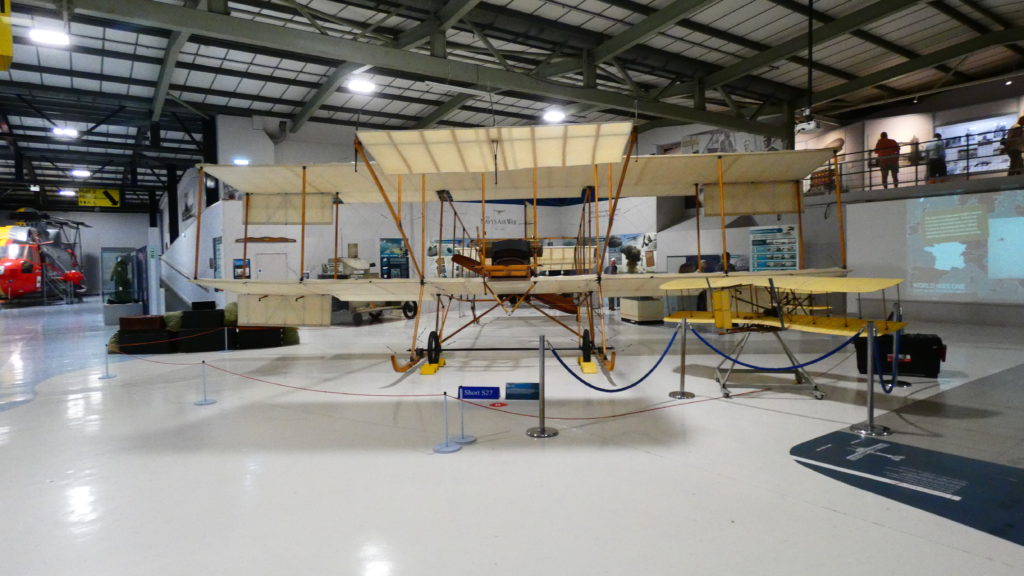


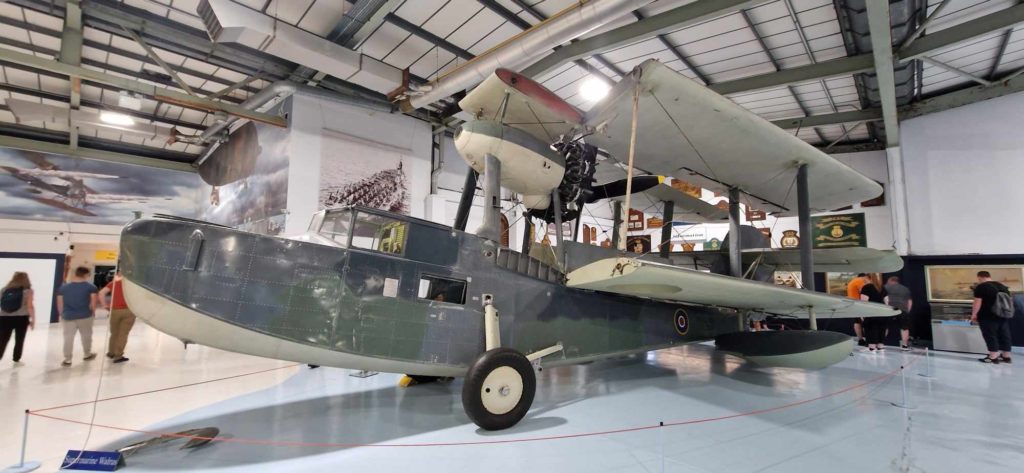



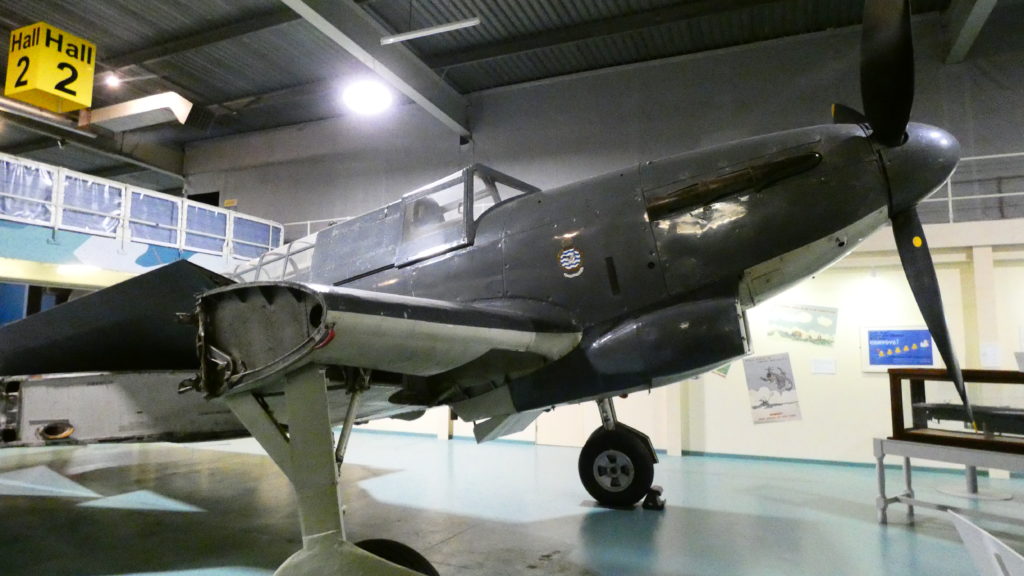
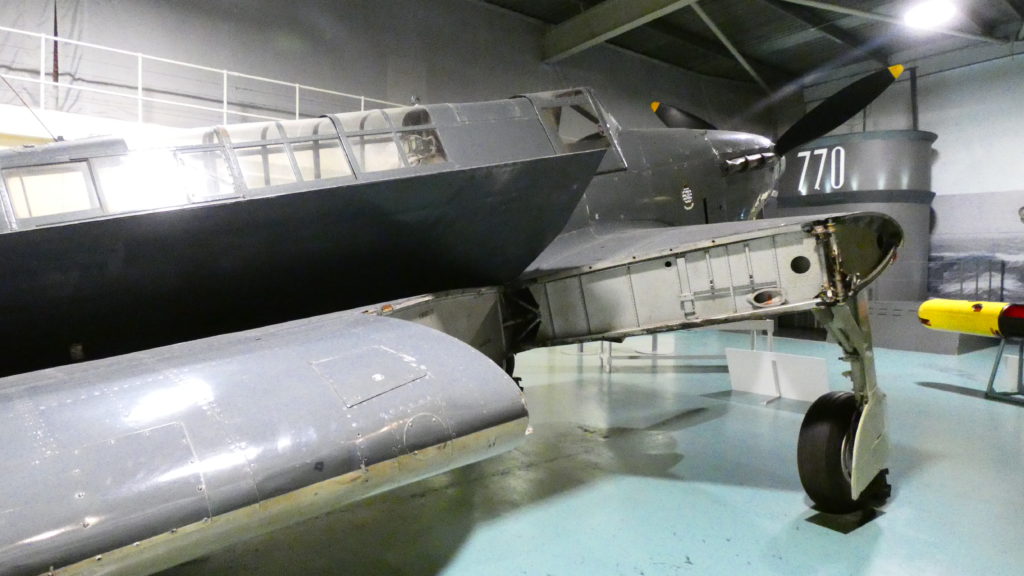










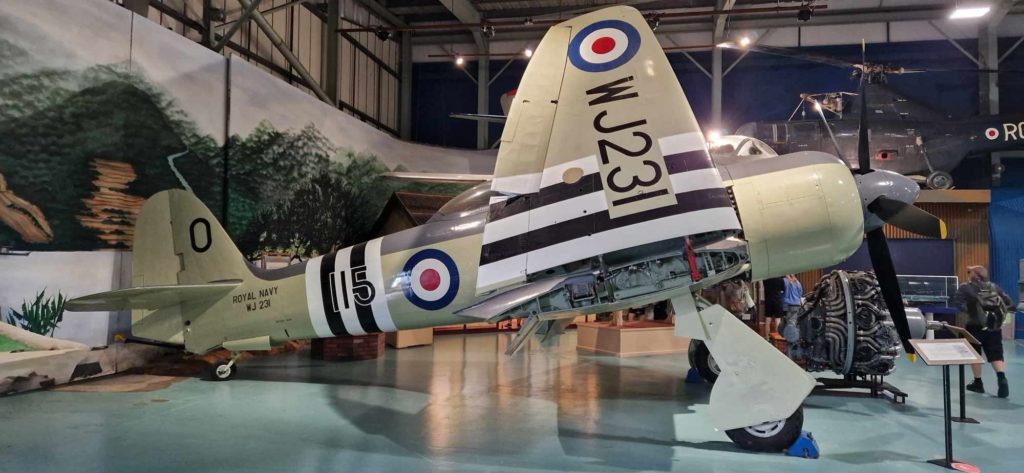







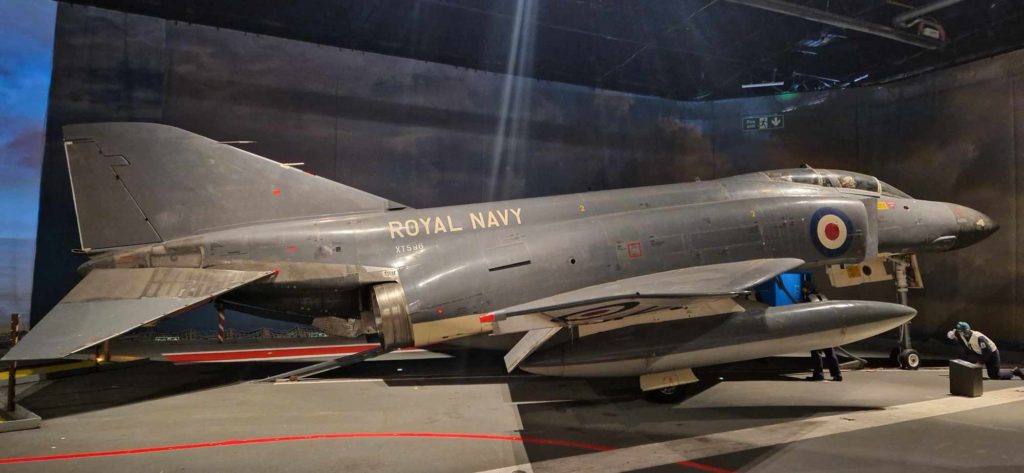


Below: The Barracuda restoration

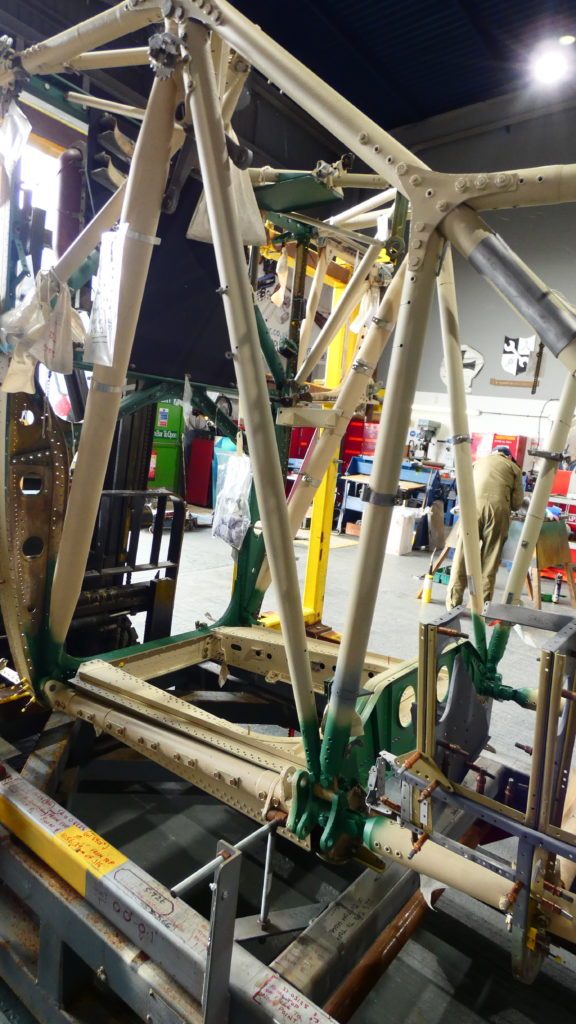

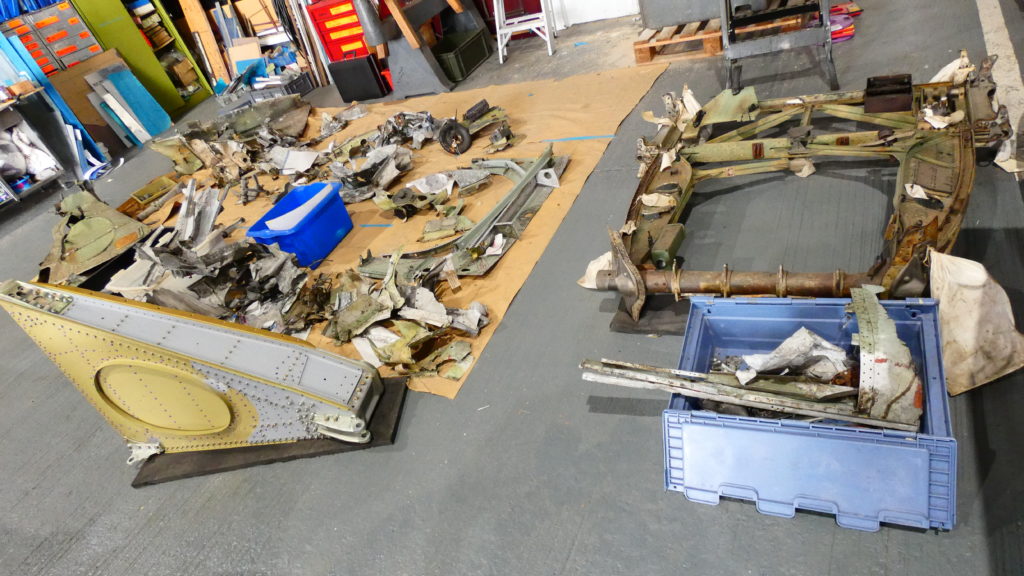
Leave a Reply